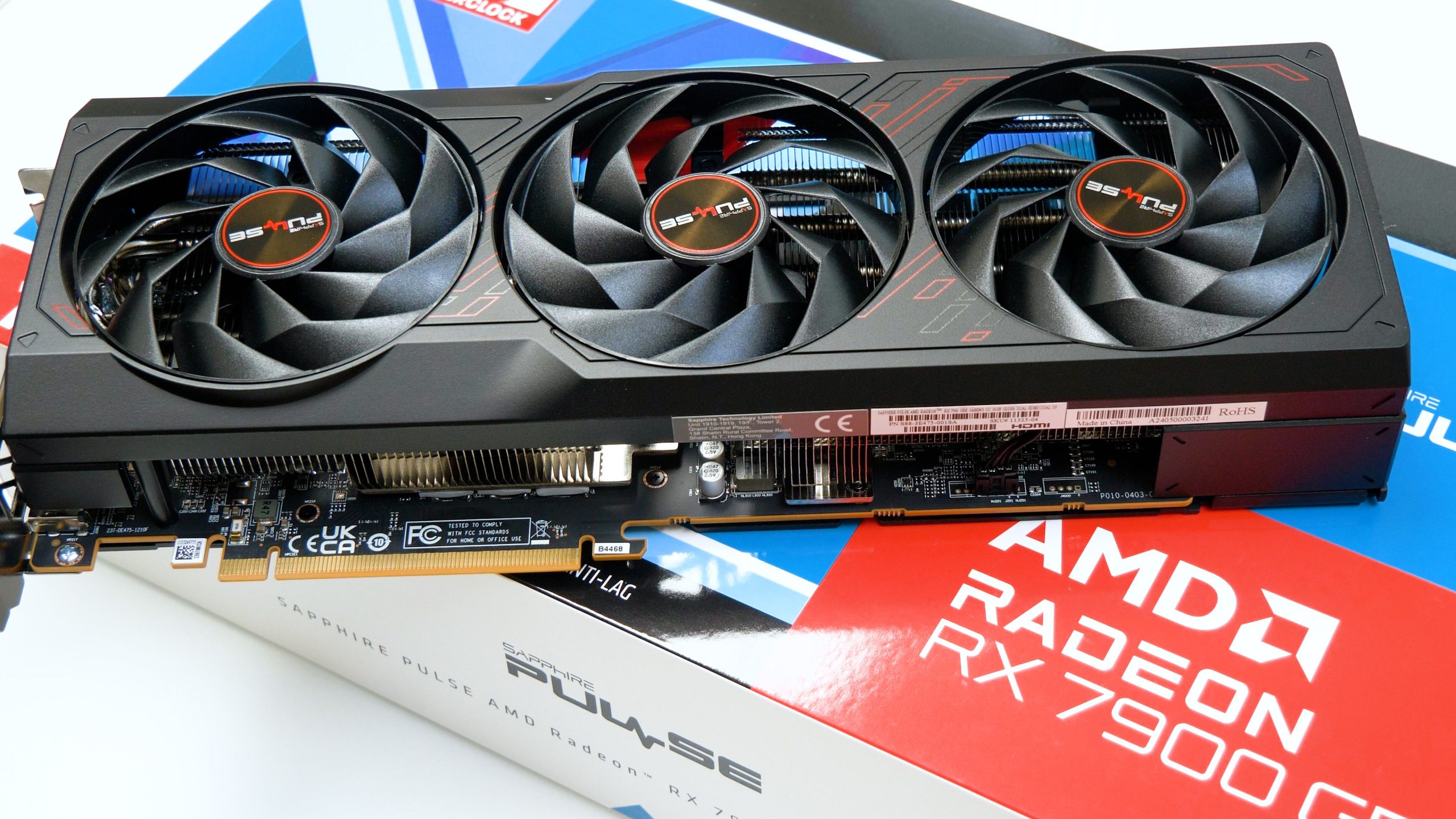In something of a surprise launch, AMD has made its RX 7900 GRE available as a full retail product in order to tackle the challenge represented by Nvidia’s successful RTX 4070 Super. Previously available in the Chinese region and selectively to the OEM market elsewhere, the idea is very straightforward. Similar to the well-received RX 7800 XT, AMD readily admits that it lacks the same level of ray tracing performance of its closest Nvidia counterpart, but makes up for it in spades elsewhere. RX 7900 GRE has 16GB of framebuffer memory where the 4070 Super has just 12GB, paired with a 256-bit interface where the Nvidia card has a 192-bit bus. It’s also significantly faster in rasterisation.
In effect, AMD is delivering excellent value for users who still aren’t fully buying into the ray tracing dream, or aren’t enamoured with Nvidia’s ever-growing feature set. Clearly, we believe that those features have a great deal of value, but the point is that if you disagree and if you want a fast card with all the memory you’ll need for the foreseeable future, AMD is delivering what Nvidia does not – and it’s doing it for less money. It’s that simple.
First up, let’s consider what the RX 7900 GRE actually is. The name itself is curious, hailing from its Chinese market origins, where GRE stands for Golden Rabbit Edition to mark 2023 in the Chinese zodiac. It’s a baffling choice for any other market and doesn’t really slot in convincingly into the existing brand, but then again, some might say that any three letters are as good as any other.
More interesting is the make-up of the card itself, which is essentially a further cut down version of the RX 7900 XTX and RX 7900 XT. Similar to those cards, the GRE is based on a chiplet design – a 5nm compute processor surrounded by separate 6nm memory controllers. The XTX has six of those MCDs active, the GRE has just four. A 384-bit interface becomes 256-bit and 24GB of VRAM drops to 16GB. Cutbacks to the compute die, the GCD, are rather more restrained. 96 RDNA 3 compute units in the XTX fall to 84 in the XT, with a further haircut to 80 in the GRE. This is accompanied by lower clocks too.
